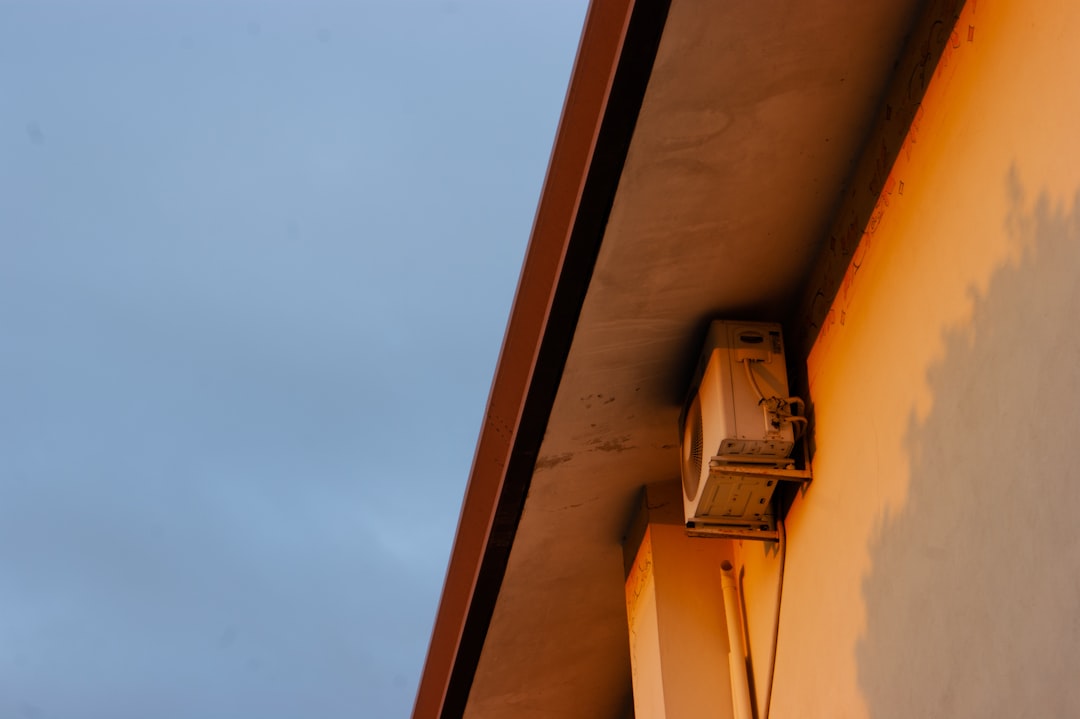
Carbon monoxide (CO) is odorless, colorless, and lethal in minutes. In dense New York City housing where boilers, fireplaces, and attached garages are common, one faulty appliance can threaten an entire brownstone or co-op floor. Equipping residential owners, remodelers, and GCs with the knowledge and tools needed to specify, price, and install the right carbon monoxide detector NYC regulations demand is crucial.
Local mandates. NYC Building Code requires CO detection within 15 feet of every sleeping area and on each story with fuel-burning equipment.
Device type. Combination smoke/CO alarms are accepted, but must bear the latest UL 2034 standard.
Power supply. Hard-wired with battery back-up is preferred in gut renovations; sealed 10-year lithium battery units are permitted in finished spaces.
Replacement cycle. Detectors must be replaced every 5-7 years or per manufacturer instructions.
Every townhouse or apartment is unique. Typical factors include:
Pro Tip: Bundle detector installation with other electrical scopes to leverage economies of scale.
1. Start a live voice session on the mobile app.
2. Describe your residence, existing wiring, and finish conditions.
3. AI cross-checks NYC code, current pricing, and union wage sheets.
4. Receive a shareable PDF estimate plus a branded proposal ready to send to your client or condo board.
5. Need drawings? Upload PDFs and perform an AI blueprint takeoff, locating every required CO alarm per code.
1. Verify gas appliances and flue paths to determine detector quantity.
2. Shut power at panel; confirm circuit with non-contact tester.
3. Mount old-work box or surface plate at eye-level—never behind drapery.
4. Pull 14/3 NM-B or MC cable from nearest feed; staple within 8 inches of the box.
5. Land conductors, attach battery back-up, and secure the detector base.
6. Restore power, press “Test/Reset,” and log result in the punch-list app.
Analytics show a 37 percent reduction in emergency service calls for homes upgraded to smart CO detectors. The platform can model long-term savings by pairing detector data with boiler maintenance schedules.
Beyond carbon monoxide, generate estimates for smoke alarms, GFCI upgrades, and whole-home surge protection. Explore more at CountBricks.com.
Schedule a free voice consultation today. In under five minutes you’ll know exactly how many carbon monoxide detectors your NYC residence needs and what it will cost.

A four-story 1890s brownstone recently gut-renovated its garden and parlor levels but left the upper floors intact. The owner needed carbon monoxide detector NYC compliance across mixed old-work and new-work conditions.
Whether you manage a pre-war co-op or a new modular townhouse, deliver precise, voice-driven estimates and flawless execution support. Visit CountBricks.com to book your free call and see how quickly we can bring your project to NYC carbon monoxide compliance.